Diplomacy
Reciprocity Treaty
A reciprocity treaty is where two nations make mutual trade commitments. Planters wanted tax-free sugar exported to the US, which required either a reciprocity treaty or US annexation. To preserve independence, the Kingdom pursued a treaty. The two nations signed the Reciprocity Treaty of 1875, allowing sugar to enter the US at no extra cost. This was a boon to the planters and sugar plantations soon sprang up everywhere, enriching the American planter class in Hawai’i.
"It will be observed that our two principal staples — sugar and rice — continue steadily to advance, while most of the other articles of production have declined, showing quite plainly that sugar is King, while rice may be styled its Prime Minister."
~ Pacific Commercial Advertiser
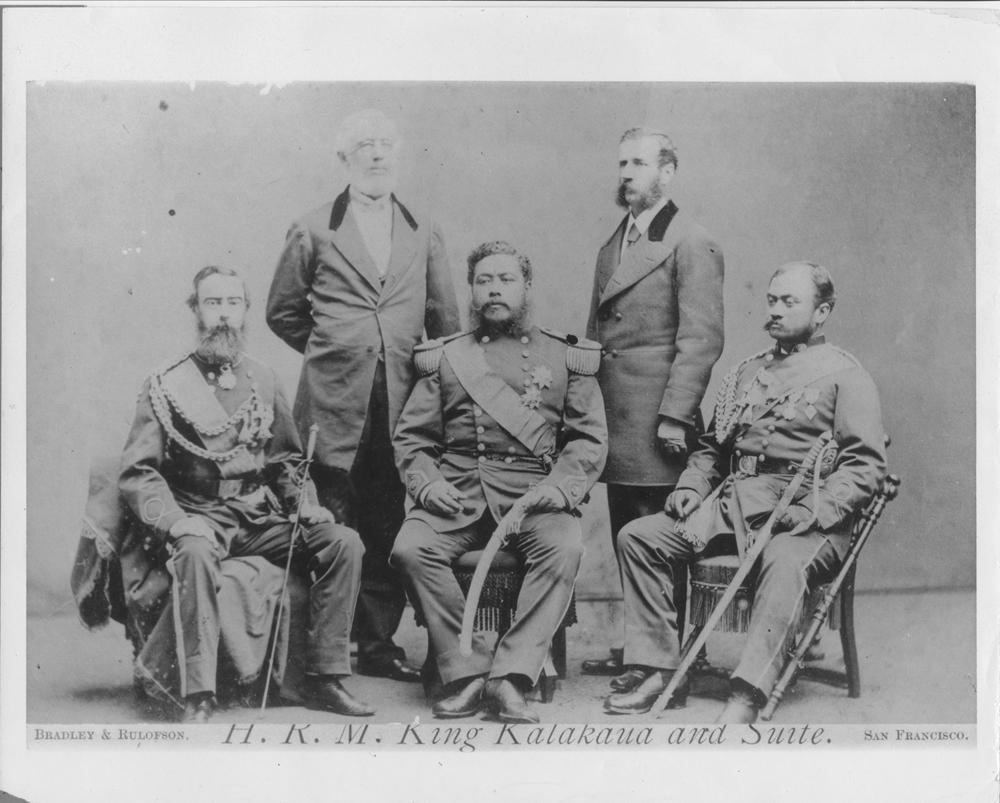
"Kalakaua, King of Hawaii, 1836-1891, and the Reciprocity Commission," 1874, Digital Archives of Hawaiʻi
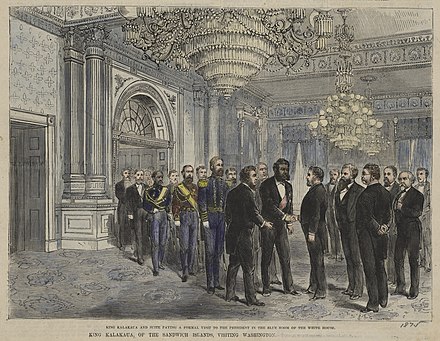
"King Kalakaua of the Sandwich Islands Visiting Washington," 1875, Frank Leslie's Illustrated Newspaper
McKinley Tariff
An 1890 tariff (import tax), sponsored by future president William McKinley, removed US sugar tariffs on all countries and incentivized Americans to buy domestic sugar. This was a one-two punch against Hawaiʻi- it annulled the Kingdom’s exclusive status on sugar imports and boosted American-grown sugar. Many planters now pursued American annexation.
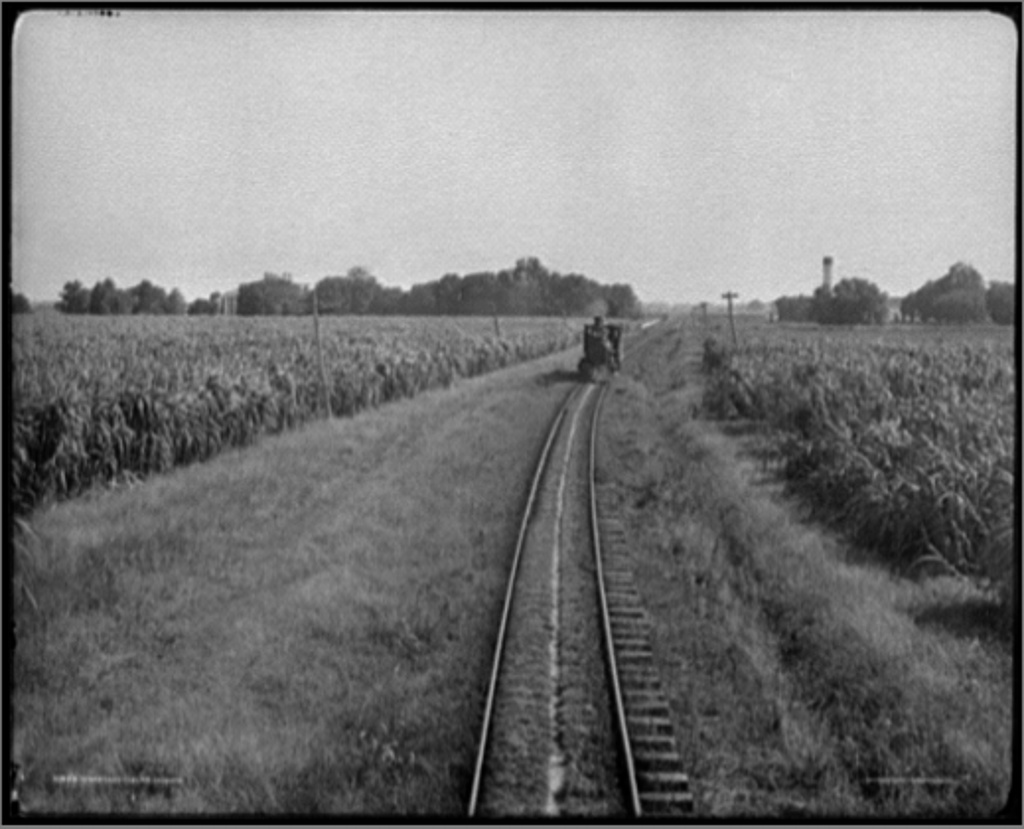
"Sugar cane fields, Louisiana," 1890, Library of Congress
"I am in favor of free sugar and that part of the bill suits my constituents... These people have gone into the sugar business understanding that they would be protected and for that reason I believe in protecting them by way of bounties."
~ Representative Robert Hitt, Illinois
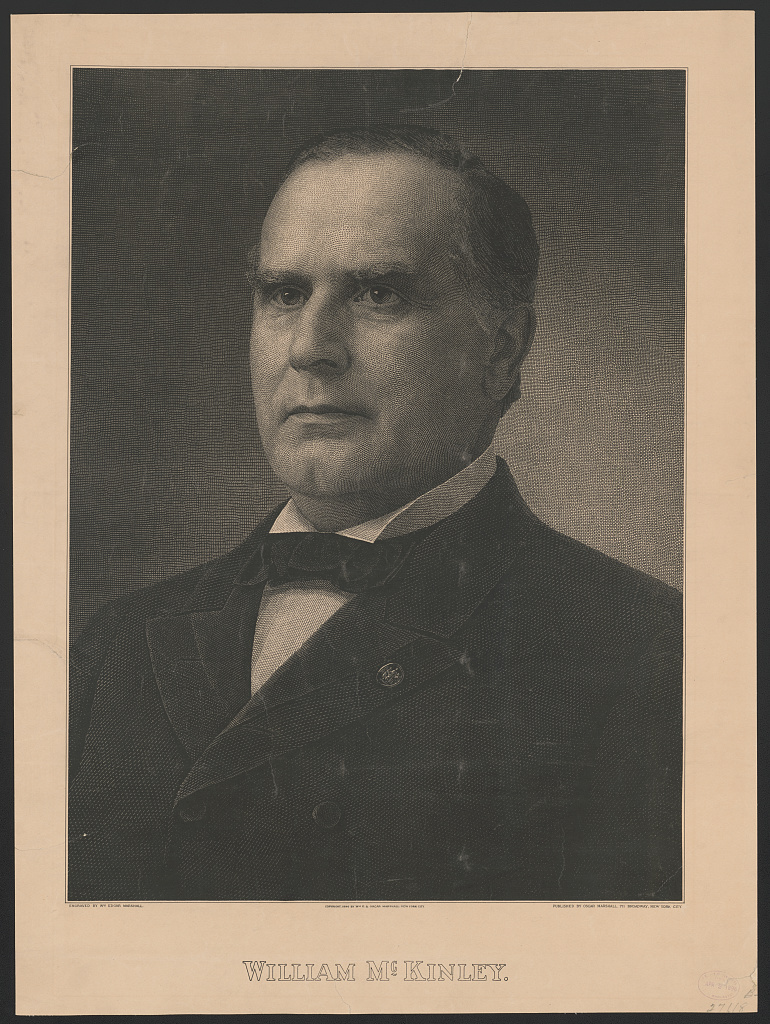
"William McKinley," 1896, Library of Congress
Gunboat Diplomacy
Gunboat diplomacy was a strategy of large countries to intimidate smaller countries into an agreement, through military flexing. US and Japanese gunboat diplomacy was critical to the Hawaiian Kingdom’s overthrow and annexation.
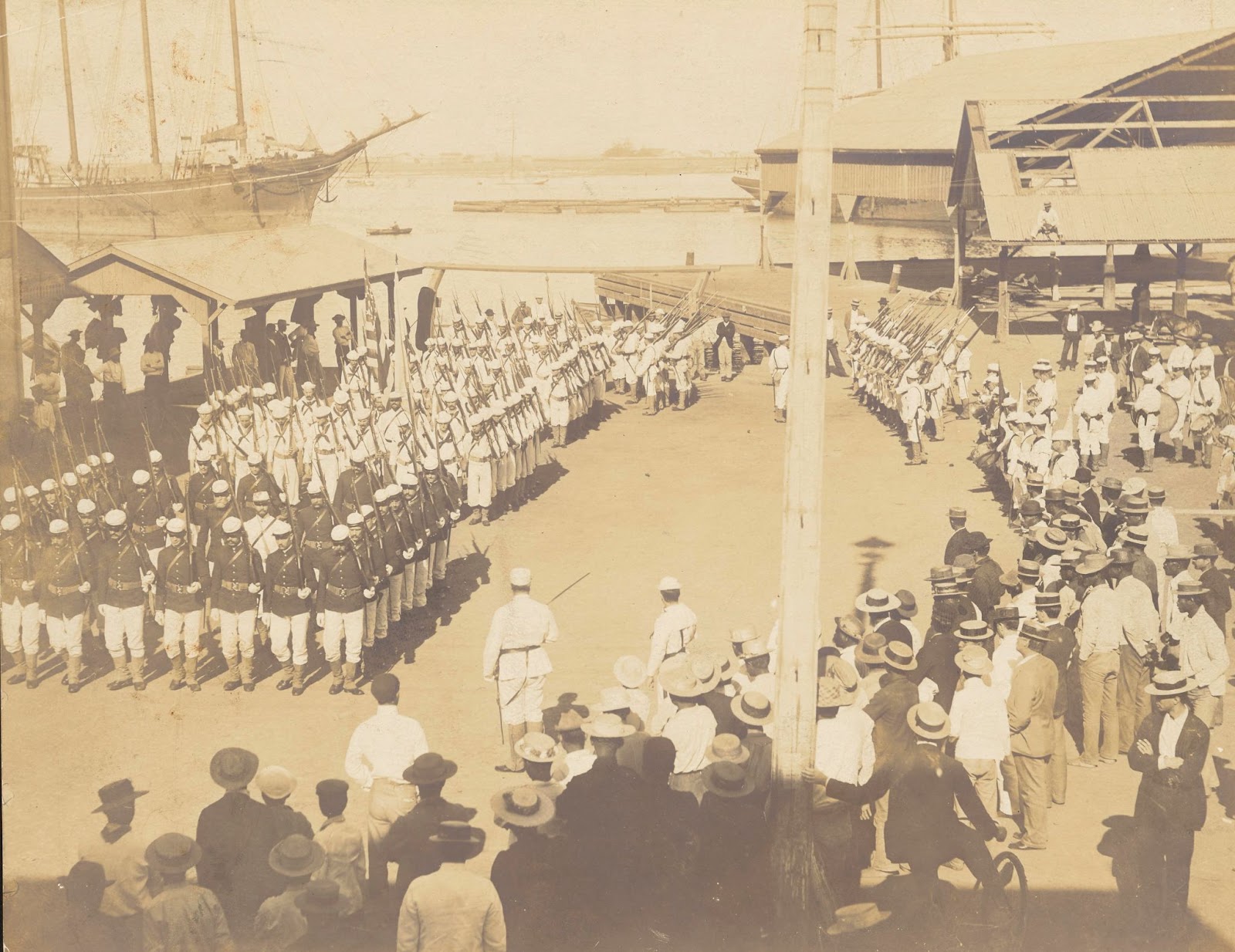
"Historical Events - Overthrow of the Monarchy, 1893," Digital Archives of Hawaiʻi
"We are unable to protect ourselves without aid, and therefore pray for the protection of the United States forces."
~ Hawaiian Committee of Safety

"Bluejackets of the U.S.S. Boston occupying Arlington Hotel grounds during the overthrow of Queen Liliuokalani," 1893, Digital Archives of Hawaiʻi
Gunboat diplomacy by Japan was critical to the timing of annexation. By 1897, Japanese immigrants in Hawaiʻi numbered 24,000. The Hawaiian Republic and the US feared revolt. When the Hawaiian government tried restricting Japanese immigration, the miffed Japanese sent a warship to Honolulu. Afraid of Japanese takeover, President McKinley quickly submitted an annexation act to Congress; Japanese gunboat diplomacy hastened US annexation.
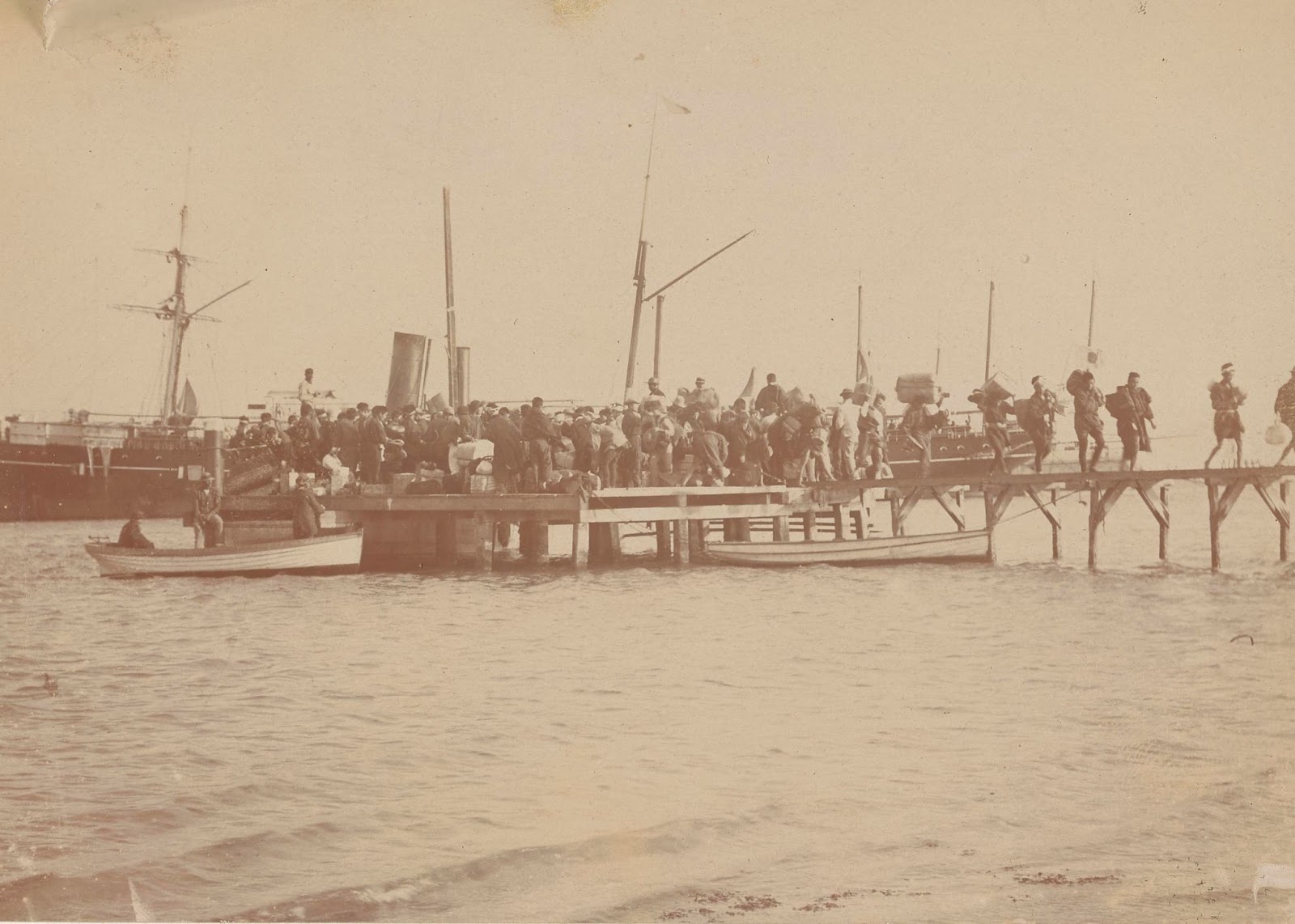
"Japanese Immigrants Landing," 1893, Digital Archives of Hawaiʻi
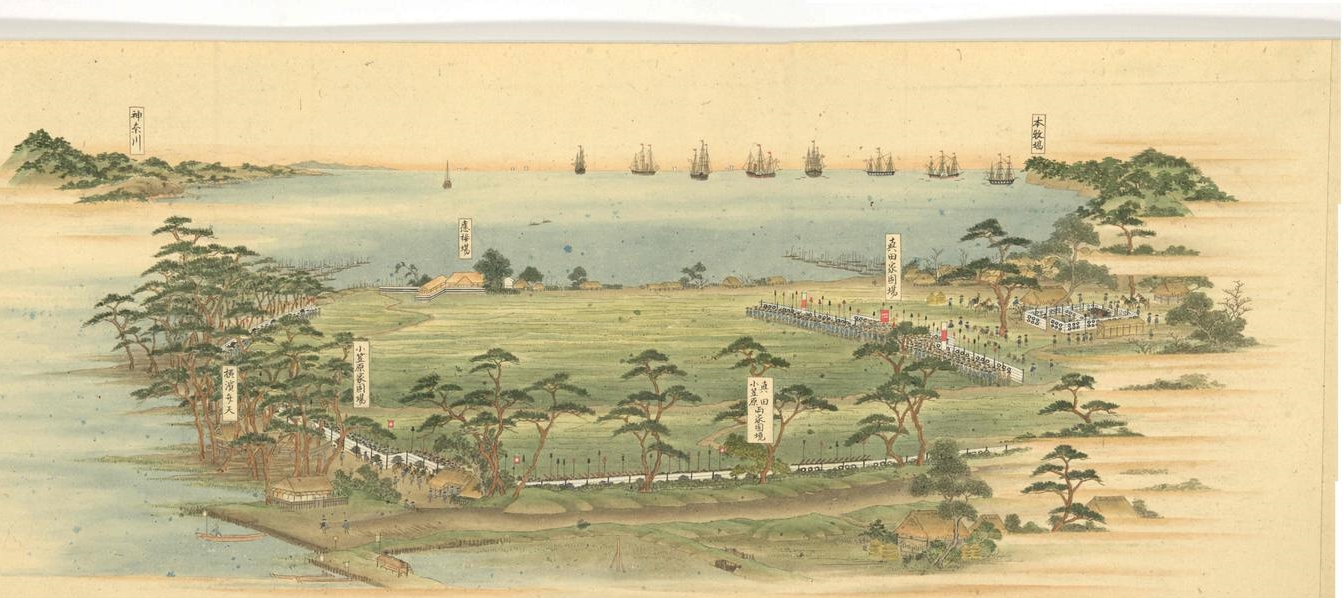
US gunboat diplomacy in Japan, 1854, Library of Congress
In 1893, white planters attempting to overthrow the monarchy were outnumbered by the native population. John Stevens, the American minister to Hawaiʻi who supported annexation, called 162 troops into Oʻahu, allegedly to protect Americans, but really to pressure Liliʻuokalani into surrendering.
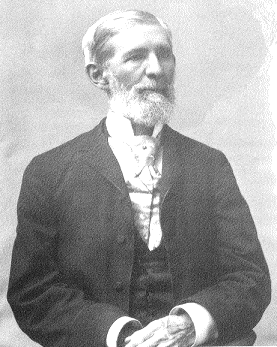
"John L. Stevens, Envoy and Minister of the United States," University of Hawaiʻi, Mānoa

The U.S.S. Boston, which held the Marines, 1890-1901, Library of Congress
“[There is a crisis] rapidly approaching in Japanese matters… A stand must be taken somewhere or abandon our country to Japan."
~ Francis March Hatch